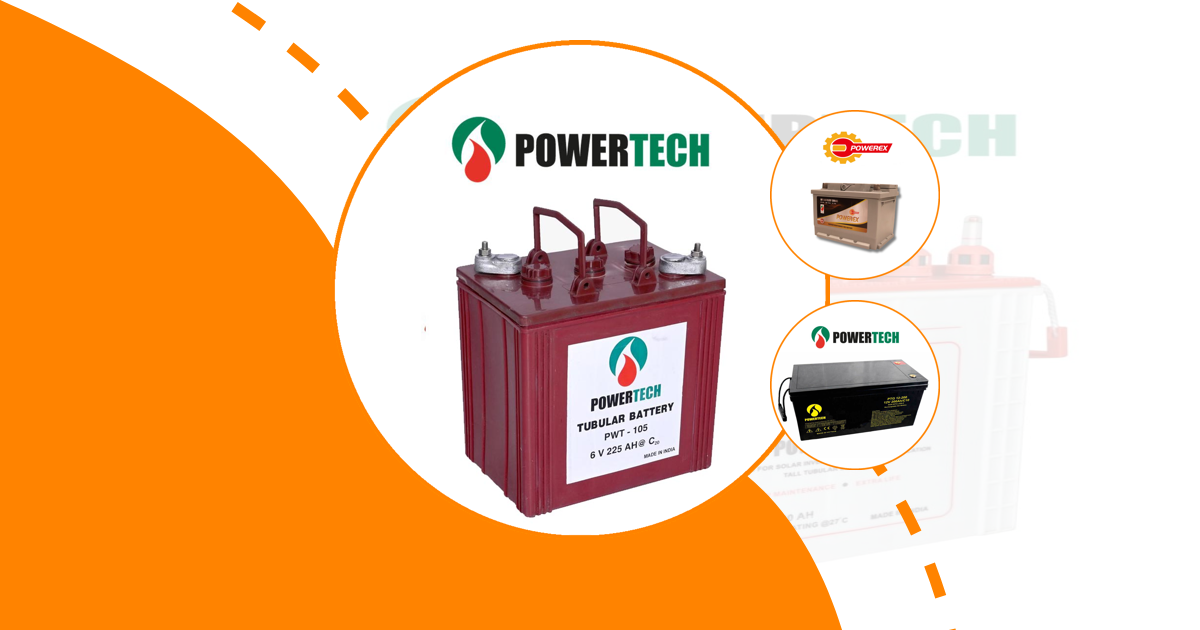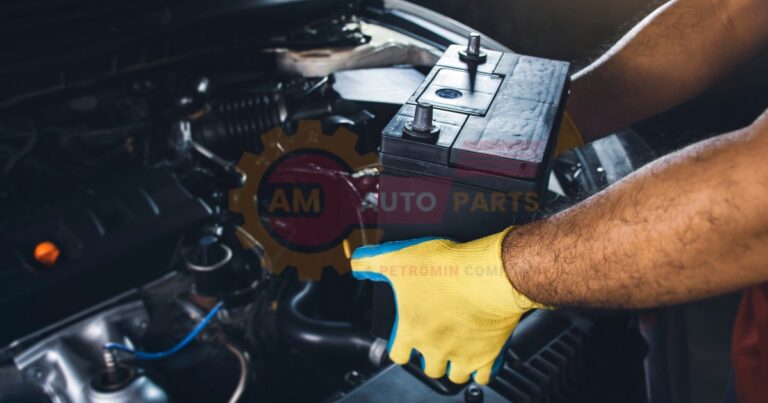In the world of fleet management, ensuring the longevity and performance of vehicle batteries is crucial. Proper battery upkeep not only enhances vehicle reliability but also reduces operational costs. This comprehensive guide provides essential battery maintenance tips for fleets, focusing on maximizing performance and extending battery life.
Essential Battery Maintenance Tips for Fleets
Regular Inspection and Cleaning
Regular inspection and cleaning of batteries are fundamental to maintaining their health. Dirt and corrosion can impede battery performance, leading to reduced efficiency and potential failures. Fleet managers should schedule routine checks to identify any signs of wear or damage.
- Inspect battery terminals for corrosion.
- Clean terminals with a mixture of baking soda and water.
- Ensure battery cases are free from dirt and grime.
Proper Charging Practices
Proper charging practices are vital for battery longevity. Overcharging or undercharging can significantly reduce a battery’s lifespan. Fleet managers should implement standardized charging protocols to ensure batteries are charged correctly.
- Use chargers with automatic shut-off features.
- Avoid charging batteries in extreme temperatures.
- Monitor charging times to prevent overcharging.
Monitoring Battery Health
Monitoring battery health is essential for preventing unexpected breakdowns. By keeping track of battery performance, fleet managers can identify potential issues before they become serious problems.
- Use battery monitoring systems to track voltage and temperature.
- Conduct regular load tests to assess battery capacity.
- Replace batteries showing signs of significant degradation.
Fleet Management Strategies for Optimal Battery Upkeep
Implementing Preventive Maintenance Schedules
Preventive maintenance schedules are key to avoiding costly repairs and downtime. By planning regular maintenance, fleet managers can ensure that all batteries are in optimal condition.
- Schedule monthly battery inspections.
- Include battery checks in routine vehicle maintenance.
- Document all maintenance activities for future reference.
Training Drivers on Battery-Friendly Practices
Educating drivers on battery-friendly practices can significantly impact battery life. Simple habits can prevent unnecessary strain on batteries and extend their lifespan.
- Encourage drivers to turn off electrical systems when the vehicle is not in use.
- Train drivers to recognize early signs of battery issues.
- Promote the use of energy-efficient driving techniques.
Utilizing Fleet Management Software for Battery Tracking
Fleet management software can be a powerful tool for tracking battery health and performance. By leveraging technology, fleet managers can make informed decisions about battery maintenance and replacement.
- Use software to monitor battery charge cycles.
- Analyze data to identify patterns in battery performance.
- Set alerts for when batteries need maintenance or replacement.
Extending EV Battery Life in Fleet Operations
Temperature Management
Temperature management is crucial for maintaining EV battery health. Extreme temperatures can accelerate battery degradation, reducing their lifespan.
- Store vehicles in temperature-controlled environments.
- Use thermal management systems to regulate battery temperature.
- Avoid charging batteries in extremely hot or cold conditions.
Optimizing Charging Routines
Optimizing charging routines can help extend the life of EV batteries. By following best practices, fleet managers can ensure batteries remain in good condition.
- Implement off-peak charging to reduce energy costs.
- Avoid frequent fast charging to prevent battery stress.
- Maintain a consistent charging schedule.
Balancing State of Charge
Maintaining an optimal state of charge is essential for battery longevity. Keeping batteries within a specific charge range can prevent unnecessary wear and tear.
- Avoid letting batteries drop below 20% charge.
- Keep batteries charged between 20% and 80% for optimal health.
- Use battery management systems to monitor state of charge.
Battery Degradation Factors in Fleet Vehicles
Impact of High Vehicle Usage
High vehicle usage can accelerate battery degradation. Fleet managers should consider usage patterns when planning maintenance schedules.
- Monitor mileage and adjust maintenance schedules accordingly.
- Rotate vehicles to distribute usage evenly.
- Consider battery capacity when assigning vehicles to routes.
Effects of Extreme Temperatures
Extreme temperatures can have a significant impact on battery health. Fleet managers should take steps to mitigate the effects of temperature fluctuations.
- Use insulation to protect batteries from extreme temperatures.
- Schedule maintenance checks during temperature extremes.
- Educate drivers on the impact of temperature on battery performance.
Influence of Charging Methods
The method of charging can influence battery health. Fleet managers should adopt charging practices that minimize stress on batteries.
- Use slow charging methods when possible.
- Avoid frequent use of rapid chargers.
- Implement charging protocols that prioritize battery health.
Leveraging Data Analytics for Battery Maintenance
Tracking Battery Performance Metrics
Data analytics can provide valuable insights into battery performance. By tracking key metrics, fleet managers can make informed decisions about maintenance and replacement.
- Monitor voltage, temperature, and charge cycles.
- Use data to identify trends in battery performance.
- Set benchmarks for battery health and performance.
Predictive Maintenance Using AI
AI-driven predictive maintenance can help fleet managers anticipate battery issues before they occur. By leveraging technology, managers can reduce downtime and extend battery life.
- Use AI to analyze battery performance data.
- Implement predictive maintenance schedules based on AI insights.
- Reduce unexpected breakdowns with proactive maintenance.
Cost-Benefit Analysis of Battery Replacement
Conducting a cost-benefit analysis can help fleet managers determine the optimal time for battery replacement. By weighing the costs and benefits, managers can make informed decisions.
- Compare the cost of replacement with potential savings from improved performance.
- Consider the impact of battery failure on operational efficiency.
- Use data to support replacement decisions.
Maintaining 12-Volt Batteries in Electric Fleet Vehicles
Role of Auxiliary Batteries in EVs
Auxiliary batteries play a crucial role in electric vehicles, powering essential systems and accessories. Proper maintenance of these batteries is vital for overall vehicle performance.
- Ensure auxiliary batteries are charged regularly.
- Monitor battery health to prevent unexpected failures.
- Replace auxiliary batteries as needed to maintain performance.
Maintenance Requirements for 12V Batteries
12-volt batteries require regular maintenance to ensure they function correctly. Fleet managers should include these batteries in their maintenance schedules.
- Check battery terminals for corrosion and clean as needed.
- Test battery voltage regularly to ensure optimal performance.
- Replace 12V batteries showing signs of wear or damage.
Sustainable Practices for End-of-Life EV Batteries
Recycling Options for Fleet Batteries
Recycling is an essential practice for managing end-of-life EV batteries. By recycling, fleet managers can reduce environmental impact and recover valuable materials.
- Partner with certified recycling facilities.
- Follow local regulations for battery disposal.
- Educate staff on the importance of recycling.
Second-Life Applications for Used EV Batteries
Used EV batteries can have a second life in various applications. By repurposing batteries, fleet managers can extend their usefulness and reduce waste. Supercharged battery racers zoom around tracks at lightning speeds powered by special high-energy batteries These exciting remote-controlled cars are popular with both kids and adults who love fast-paced racing action Secure battery handling means being careful when using batteries Always follow safety rules to prevent accidents with
Electric vehicle safety is about making sure electric cars are safe to drive and use These cars have special features to protect people from electrical problems and accidents Car battery charging troubles can happen when your car’s battery won’t hold a charge or doesn’t charge properly This can leave you stranded with a car that won’t start and may require professional help to fix
Automotive energy solutions help cars and trucks use different types of power to run These solutions include electric batteries fuel cells and cleaner fuels for vehicles
- Use batteries for energy storage in renewable energy systems.
- Implement second-life applications in non-vehicle settings.
- Explore partnerships for battery repurposing projects.
Advanced Technologies in Fleet Battery Management
Smart Charging Systems
Smart charging systems can optimize battery charging and extend battery life. By using intelligent technology, fleet managers can improve efficiency and reduce costs.
- Implement systems that adjust charging based on demand.
- Use smart chargers to prevent overcharging.
- Monitor charging patterns to optimize battery health.
Remote Battery Diagnostics
Remote battery diagnostics allow fleet managers to monitor battery health in real-time. This technology can help identify issues early and prevent breakdowns.
- Use telematics to track battery performance remotely.
- Set alerts for potential battery issues.
- Conduct remote diagnostics to reduce maintenance costs.
Battery Thermal Management Innovations
Innovations in battery thermal management can enhance battery performance and longevity. By managing temperature effectively, fleet managers can prevent degradation.
- Use advanced cooling systems to regulate battery temperature.
– Implement thermal management strategies in extreme climates.
– Monitor temperature data to optimize battery performance.
By following these battery maintenance tips for fleets, fleet managers can ensure their vehicles remain reliable and efficient. Proper battery upkeep is essential for maximizing performance and reducing operational costs, making it a critical component of effective fleet management.
FAQ’s
How can fleet managers reduce battery-related downtime?
Fleet managers can reduce battery-related downtime by implementing regular maintenance schedules and monitoring battery health. Training drivers on battery-friendly practices and using fleet management software can also help. Proactive measures can prevent unexpected failures and keep vehicles on the road.
What are the signs of a failing battery in a fleet vehicle?
Signs of a failing battery in a fleet vehicle include slow engine cranking, dim headlights, and frequent need for jump-starts. Other indicators may include a swollen battery case or a rotten egg smell. Regular inspections can help identify these signs early and prevent breakdowns.
How often should fleet vehicle batteries be replaced?
Fleet vehicle batteries should typically be replaced every three to five years, depending on usage and maintenance practices. Regular inspections and monitoring can help determine the optimal replacement time. Factors such as climate, driving habits, and battery type can also influence battery lifespan.






